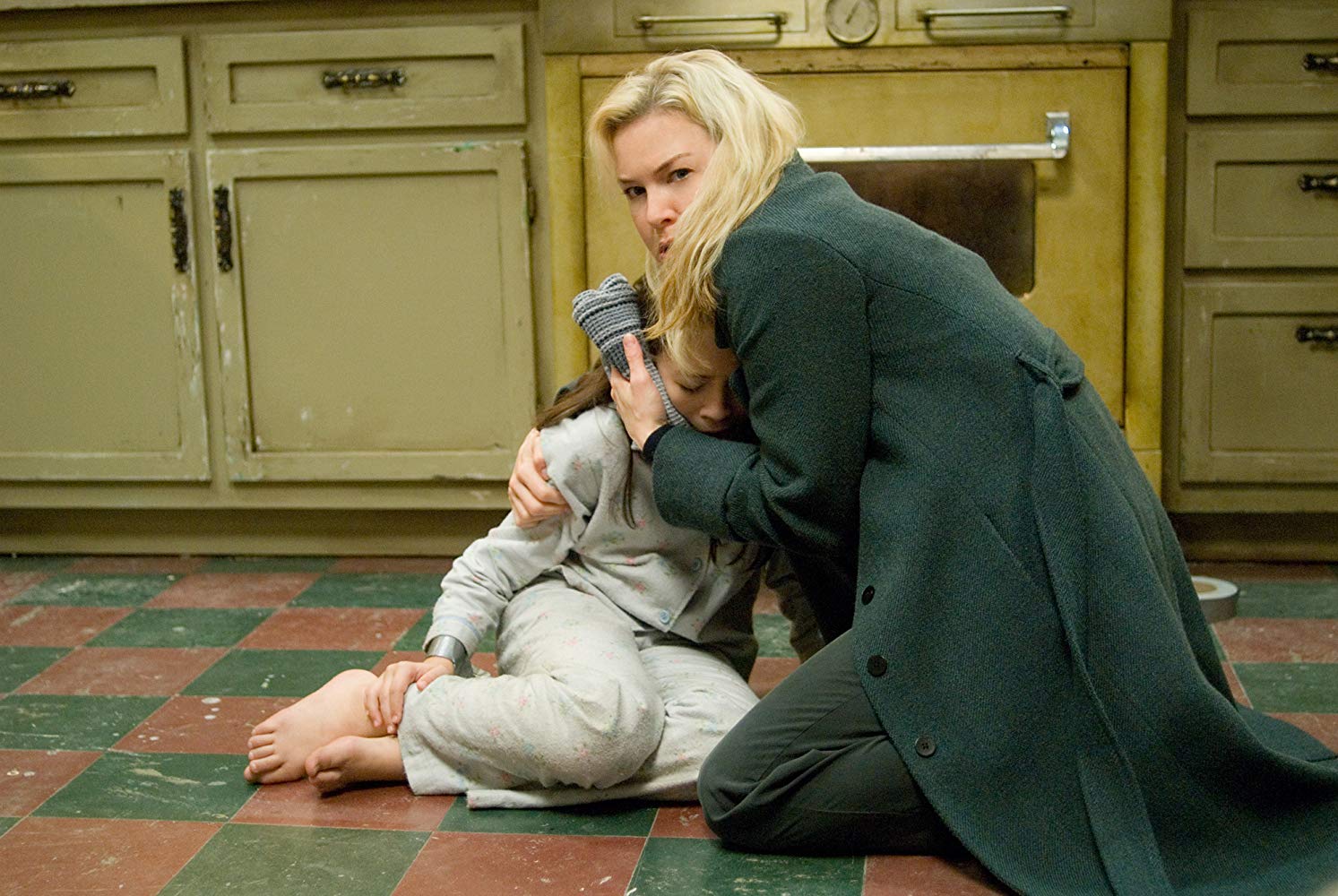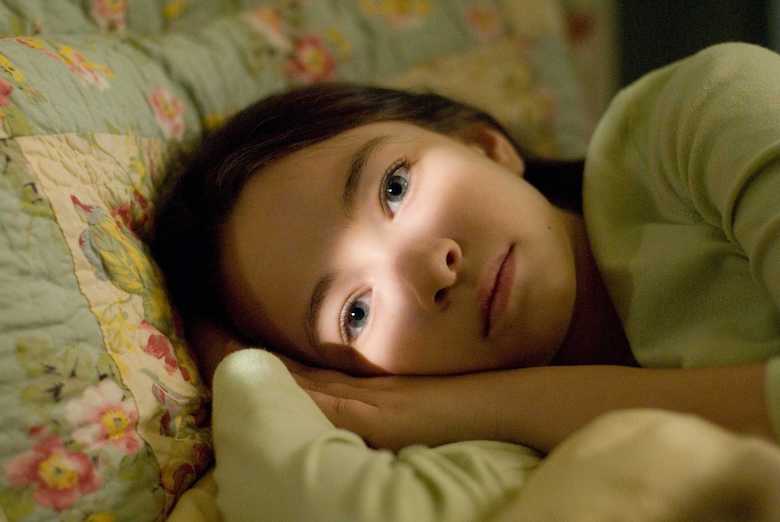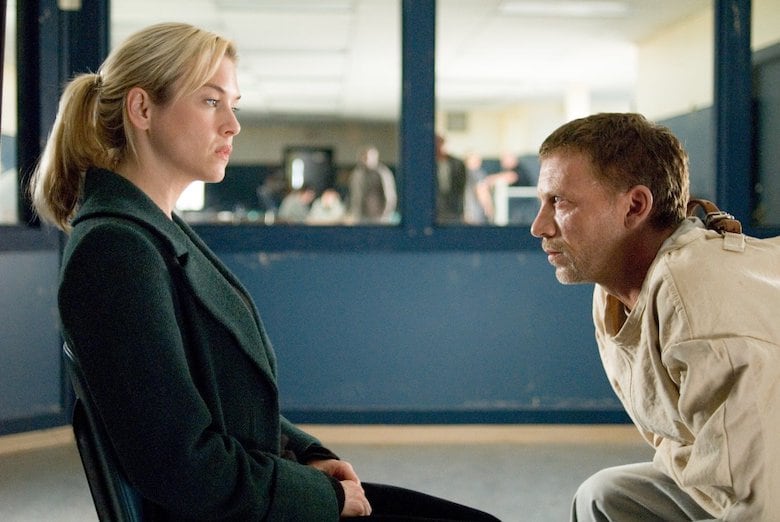When I pitched the idea for this article I didn’t expect to be so swamped with nostalgia. I knew that Case 39 was a 2009 film with Renee Zellweger and Bradley Cooper and that it centred around a demonic brat, I mean, hey, I’d rented it when it first came out. But not for a second did I expect to be overcome with a desire to dig out an old flip phone that doubles as an iPod and relive my late noughties best life. Nor did I expect to be eyeing up other late 2000’s horror films like I used to eye up the popcorn at Blockbuster.
Horror has become a little… well… concerned with itself lately. Maybe its an industry thing, perhaps it’s a conceited online take. Horror seems to need to prove itself as a genre. Despite its prolificity and its ability to generate discussion online, it feels like some horror movies can try and cram too much meaning into themselves in a bid to be taken seriously. Which, ironically, makes it seem pretentious and very un-horror like.
Horror’s power lies in its tension between mainstream draw in and niche subject matter. It’s ability to both be a genre and transcend them is what captivated most of us from a young age. When I first saw Freddy’s arms extend and his knife fingers draw along the metal fencing of that alley he ran down like a kid let out early on a Friday both horrified me and made me laugh the more I watched it. I’m not saying horror can’t be taken seriously, but its, arguably, at its best when it doesn’t do so to itself.
Case 39 is not a genre bending, subtext laden, reimagining of what horror can mean in the 21st century and that’s exactly what makes it a wonderful wee horror film to stick on on a sunny Saturday afternoon.
Synopsis of Case 39
Zellweger plays an overburdened social worker with a heart of gold. Despite the pressures of her job and the lack of resources needed to properly execute her role, she approached the welfare of the children in her case load with sincerity, grace, and the desire to do what’s best for these children. A tumultuous relationship with her own, now deceased, mother and a seemingly casual arrangement with Bradley Cooper’s character, Doug, means that, really, Zellweger lives for these children and has committed her life to their protection. She had a choice: her own life or the lives of the kids. She made it.
That is of course until she gets a 39th case flung on her desk and she’s thrust into the world of Lilith Sullivan (see, nice piece of religious subtext without someone reaching for an apple from a tree, looking at you MEN) and her parents. What follows is a pretty typical horror about an ungodly child and the misfortune they can bring.
Religious Overtures
And that’s exactly what makes this film an easy, enjoyable watch (which, btw, when did that stop being allowed? You want to know why folk are rewatching FRIENDS and The Office, it’s because it’s nice to sit on the couch and not have to scratch your head wondering wtf is happening every two minutes or be visually blown away by a budget that could feed the homeless every episode). It’s good old-fashioned kill-the-kid fun.
That’s not to say that there is no subtext (I’d be a poor English scholar indeed if I went down that route) but you have to go digging, and ignoring it won’t diminish your viewing experience. The easiest scenes that portray these metaphoric moments are when Zellweger literally pulls herself free of a lake she was drowning in. She’s spent the movie drowning under the burden of trying to save every child she can, and she lets go here and realises she cannot. What is far more interesting, however, are the religious connotations of the film.
It’s a demonic film after all.
Case 39 Ending Explained
The easiest religious messages to sink your teeth into is when Zellweger corners a police buddy of hers and demands that she believe that there’s something wrong with Lilith. He tells her she’s crazy. She looks to the church he has just stepped out of and says “You can believe it in there, but not out here?” Mic drop.
The connotations here are not negative towards Christianity, but, in fact, the opposite. A (slightly) hammy reasoning behind Lilith’s evil is offered by her father that, instead of getting an internal should, she got something “older”. So, we’re not in possession territory here, but demon in human form? I dunno. Anyway, that’s not the point. And not what matters if you want Case 39’s ending explained.
The point is that evil takes many shapes and sizes, forms and visages, and it’s the job of good people to fight it off where they can. As Zellweger berates her friend for not believing her, that’s the point she is making. And there’s a beauty to that. Religion warns us to be vigilant and horror shows us the consequences of failing to. Douglas Cowan writes that horror should be “considered religion’s conceptual and cultural sibling” because “they often ask the same questions” as one another while horror “challenges” religion’s answers to those questions.
— FOUNDATIONS OF HORROR —
Further explore these subgenres & tropes. more>>
#Supernatural horror

In Review…
I have done what I criticised being done to modern horror. A hypocrite through and through. I have over intellectualised what is a fun watch about a woman’s reckoning with her own innate goodness and her responsibility to protecting those around her. But that’s the fun of horror, it asks us questions about how far we would go to define our own humanity and posits possible consequences to those actions.
And that’s what this film does. A masterclass in horror? No. But not everything has to be a learning experience. Sometimes you just want to while away an afternoon watching a shirtless Bradley Cooper pull hornets out his ears. It’s what Jesus would have wanted.
Last Updated on May 19, 2023.



